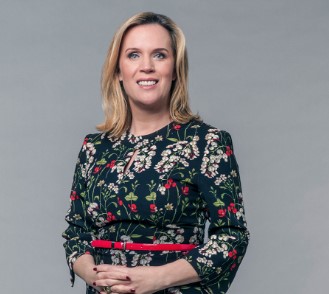The pandemic’s impact on both broadcasters and the way in which advertising is consumed may usher in a new era of brand-funded content, a new report has found.
In Brand Funded Programming: Why it Matters Now, global media intelligence consultancy K7 Media outlines how COVID-19 has accelerated a change in attitudes among broadcasters, many of whom now view brand-funded content as a necessity.
According to the research, which features interviews with 26 top industry experts from around the world, many brands have been forced to slash their marketing budgets as a result of the pandemic – with brand-funded programming stepping in to fill the void.
K7 identifies the Australian and New Zealand markets as having been among the quickest to adopt the practice, due in part to a lack of restrictions such as those seen in UK, where Section Nine of the Office of Communications Broadcasting Code states that broadcasters must ensure “no advertiser exercises editorial influence over the content of programmes”.
Co-author and K7 Media Australasian consultant Hannah Barnes says Australia’s geographical isolation also fosters a culture that is “both compatible with international trends yet also insulated from them”.
“Australasia has definitely been a pioneer in the brand-funded space,” she says.
“The ‘can do’ attitude that is part of our culture means we are often able to find creative ways to make a budget work and get ideas off the ground.”

Examples of brand-funded programming in Australia include Endemol Shine Australia/10’s Masterchef, which has partnered with dozens of food and kitchen brands, including A2 Milk and Australian Beef.
Such has been the success of the show that it led the network to establish Generate – a commercial creative department specialising in brand partnerships – in 2013.
More recently, Tourism Australia created series With Love from Aus, which began as a short film on social media edited together with existing content.
The tourism organisation then launched a one hour special with The Project on 10 called The Love Australia Project, which screened shortly after the pandemic started in May.
The special, which featured representatives from the tourism industry and highlighted the importance of holidays, reached 127 million unique social users globally, with 34 million social views of the content.
Tourism Australia’s general manager for PR, social content and consumer marketing Anita Godbeer says the pandemic has caused the government agency to shift its advertising focus.
“This year we haven’t done a lot of traditional advertising because borders have closed.
“So, we have been focussed on what we call ‘dreaming content’, which we have really leaned into, with further dreaming content still in development phase.
“Depending on the content, a great result can be that people either act immediately or it provokes an emotional connection that resonates over time.”
K7 reports that the new financial, health and issue-based challenges borne out of the pandemic have created opportunities for charities, government, and public bodies to fund purposeful TV content.
Barnes says the pandemic seems to have inspired brands and content makers to think differently.
“This shift has seen brand-funded programming benefit significantly and we can see this happening in Australia,” she says.
“This has resulted in lots of examples of creative and truly compelling content on our screens.”


